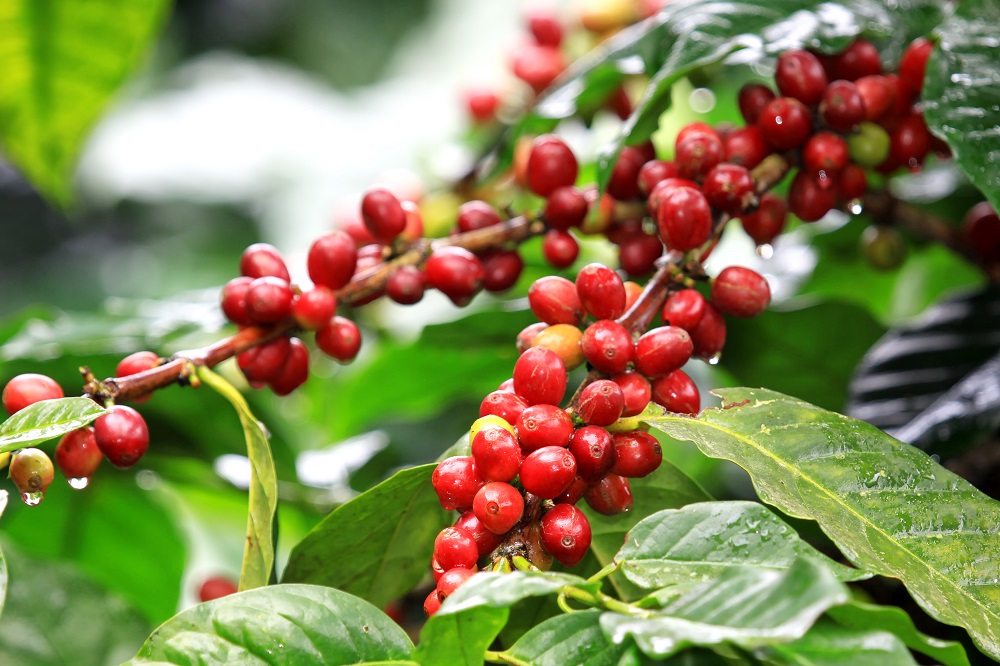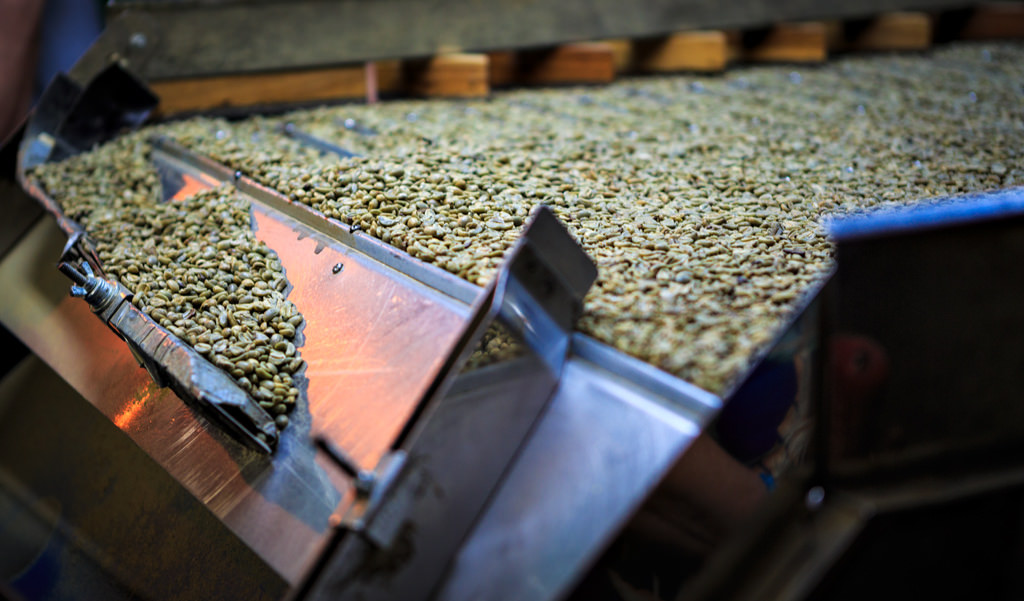Categories
Latest blog
How Many People Does It Take to Make A Cup of Coffee
Ever wondered how many hands are involved in creating your daily cup of coffee? For most of us, it’s just a matter of a quick walk to the coffee shop or even the kitchen and a simple pour. But the reality behind this everyday pleasure is a vast and intricate process that often goes unnoticed.
This intricate journey begins in places like the remote Colombian town of Pitalito, where family farms have cleared local forests to make space for neat rows of coffee trees. These shrub-like plants, first domesticated in Ethiopia, now thrive in equatorial regions, each bearing small berries known as “coffee cherries.” Since these cherries ripen at varying times on the same branch, they must be carefully picked by hand, although each farm has its unique approach for processing it.

In Pitalito, laborers toil from sunrise to sunset at high altitudes, frequently collecting over 25 kilograms of cherries per shift for meager wages. These cherries are then transported to the wet mill, where they undergo a meticulous separation process, with machines separating the seeds from the fruit and then sorting them based on density. The densest and most flavorful seeds settle at the mill’s bottom, where they ferment in water for a day or two. Afterward, workers wash off the remaining fruit and lay the seeds out to dry. Some farms use machines for this step, but in Pitalito, seeds are carefully spread onto large mesh racks. Over the next three weeks, workers continually rake the seeds to ensure even drying. Once the coffee beans are sufficiently dry, a truck transports them to a nearby mill equipped with specialized machinery. An air-blower further refines the sorting by density, various sieves filter them by size, and an optical scanner sorts them by color.

Now, professionals known as Q-graders step in to select samples of beans for roasting and brewing. In a process called "cupping," they meticulously evaluate the coffee's taste, aroma, and mouthfeel to determine its quality. These experts assign grades to the beans, preparing them for shipment. The coffee beans, sorted and dried, are then loaded into burlap sacks weighing up to 70 kilograms, which are placed in steel shipping containers, each capable of carrying up to 21 metric tons of coffee. These containers embark on journeys across the world on cargo ships, manned by crews of over 25 people. The United States, particularly New York City, imports a substantial share of this coffee.
After the long voyage from Colombia to New Jersey, the coffee beans go through customs. Dockworkers unload the containers, and a fleet of eighteen-wheelers transports the coffee to a nearby warehouse and then to a roastery. Inside the roastery, the beans are roasted in a machine, stirred by a metallic arm, and heated by a gas-powered fire. Nearby sensors diligently monitor the coffee's moisture level, chemical stability, and temperature. Coffee engineers manually adjust these parameters throughout the twelve-minute roasting cycle, a process that releases oils within the seeds, transforming them into beans ready for grinding and brewing. These beans emerge with a rich aroma and a dark brown color. Once roasted, they are packed into five-pound bags and loaded onto a fleet of vans, which fan out across the city, delivering these aromatic beans to cafes and stores.

But the journey isn't over yet. Each coffee company has a head buyer who meticulously selects beans from around the world. Logistics teams manage the delivery routes for these beans, and dedicated baristas across the city serve this caffeinated elixir to a multitude of eager customers.

All in all, it takes the collective efforts of hundreds of individuals to bring coffee to your cup. And that's not even considering those who maintain the infrastructure that makes this journey possible. Many of these hardworking individuals toil in challenging conditions for low wages, and some receive no compensation at all. As we marvel at the intricate global network that brings us this commodity, let's remember to appreciate and value the people who make it all possible.
The coffee market in the United States is not only enormous but also continuing to expand. If you've ever dreamed of launching your own coffee venture, look no further than Saneu. We offer a wide range of cutting-edge Nespresso and K-Cup filling and sealing machines that are designed to accelerate your coffee-selling business. With Saneu as your trusted companion, you can embark on your entrepreneurial path swiftly and confidently, ensuring a steadfast progress towards your ultimate success.